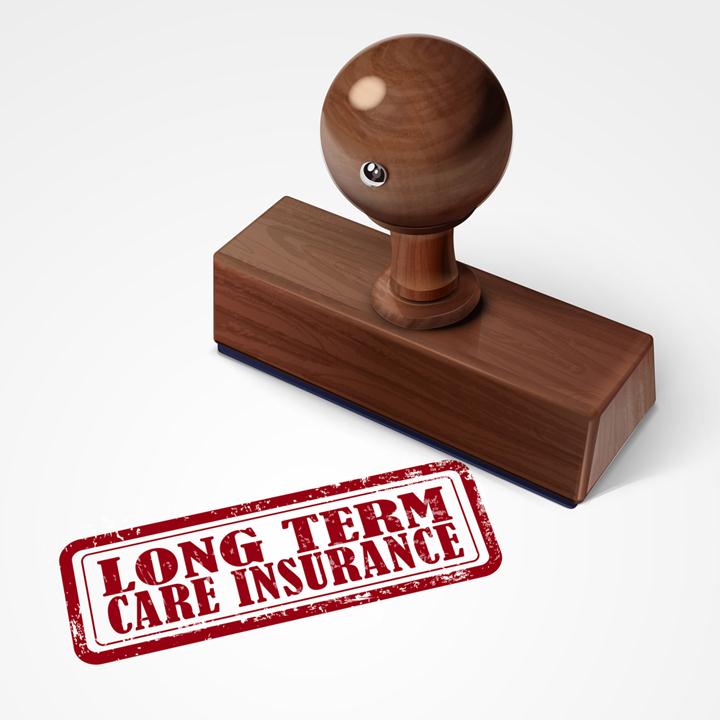Life insurance is basically bought to replace one’s income in case they die; the money will cater for debts and day to day living costs of family members. A good example is where you and your partner own a home and it happens that you die, leaving your spouse to pay the outstanding mortgage on their own. Suppose you were already on a term life insurance plan, your spouse will benefit a great deal from the policy in terms of money to clear or pay part of the mortgage, minimizing the stress involved. Term life insurance policies are the most popular plans in the field of life insurance since they are cheaper compared to other plans.
Basics of Term Life Insurance
Once you buy a term life insurance policy, the insurance company owes your beneficiaries a certain amount of money might you die while the policy is still valid. To keep the plan valid, you are required to pay the company a monthly premium as long as the term is still ongoing. Below are the key points one needs to take note of for term life insurance policies:
- Given that the policy dictates that you cannot change the set coverage amount within a term policy, you will have to buy an extra term life policy for additional coverage if you find out that the amount in your agreement is insufficient to cover your beneficiaries in the event of your death.
- Life insurance providers base their calculations on life expectancy, therefore their price increases with age; the older you are the more expensive they become.
- If your term expires before your death, the insurance company automatically terminates your plan. You, therefore, have to buy another policy if you want to carry on your insurance. Considering your age and possible health complications at the time, the annual premium for another plan can be relatively expensive. To avoid such unnecessary inconveniences, it is recommended that you go for a satisfactory term length while you are still young.
Types of Term Life Insurance
Level Premium
The annual premium cost stays the same for the plan’s expiration period, for instance, 20 years. Most term life policies allow you to renew your plan without having to take another medical exam but the premiums still rise substantially.
Annual Renewable Term
This plan remains valid for a single year, with the option of renewing it annually for a given period, say 20 years. However, premium rates rise each time you renew based on the probability of facing your death within the following year.
Return of Premium
This option is best suited for those who are confident that they might outlive their term policy. Here, your premiums are refunded if no death benefit payout is made by the time your term expires. As much as this policy seems friendly, its premiums are roughly 50 percent higher than its traditional counterpart plans.
Guaranteed (Simplified) Issue Term
This plan is applicable to those who have a pre-existing medical disorder. Its premiums are usually high since the company is taking a risk by insuring such individuals. Their benefits are usually “graded” as your beneficiaries only receive a partial benefit if your death occurs within the first several years into your term. You can have an insurance agent search for plans that fit your requirements but regardless of the intensity of your medical condition, you will still have to pay more.
Final Expense
This plan is best for those who are on the lookout for a simple plan just to cater for their funeral expenses. It gives lower payouts than conventional term life plans. Since it is extremely hard to get turned down for such a policy, such convenience comes with a higher pay on your side.
Featured Image: depositphotos/ Rawpixel









